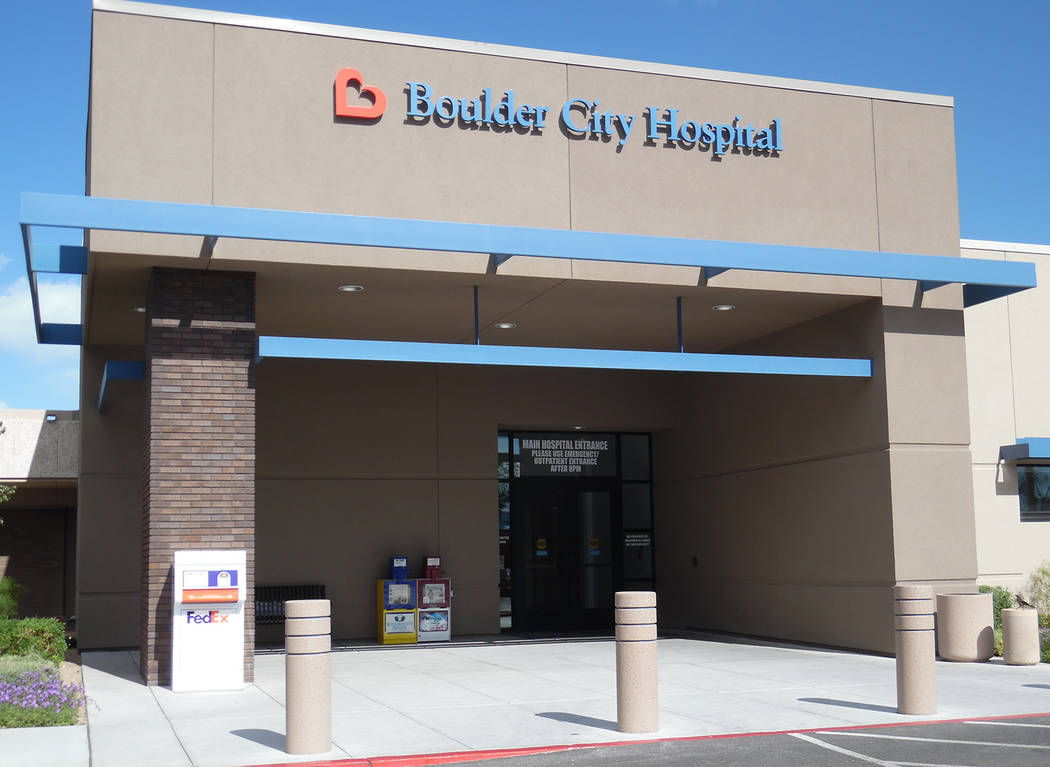Protect yourself when enjoying water activities
This summer, swimming pools will be filled with millions of people having fun and staying cool. Just 2.5 hours of water-based (or other forms of) physical activity per week has health benefits for everyone.
Each of us plays a role in preventing illnesses and injuries linked to the water we share and swim in, this summer and year-round.
Did you know that germs can contaminate swimming water even if it is treated with chlorine? Learning about recreational water illnesses, which are caused by germs spread by swimming in contaminated recreational waters such as swimming pools, water parks, lakes and oceans, can protect you from illness.
Recreational water illnesses are caused by germs like crypto (short for cryptosporidium), giardia, E. coli 0157:H7 and Shigella and are spread by swallowing water that has been contaminated with fecal matter.
How does a pool get contaminated? If a person has a diarrheal accident in the pool, all of the water can become contaminated. We share the water with everyone in the pool. Swallowing even a small amount of pool water that has been contaminated can make you sick.
The great news is that germs causing recreational water illnesses are killed by chlorine. Chlorine, however, doesn’t work right away. It takes time to kill germs, and some germs like crypto can live in pools for days. That is why even the best-maintained pools can spread germs.
Help stop germs from getting into the pool in the first place. Protect yourself and other swimmers with these easy and effective steps all swimmers can take each time we swim.
■ Keep the pee, poop, sweat and dirt out of the water.
■ Stay out of the water if you have diarrhea.
■Shower before you get in the water.
■ Don’t pee or poop in the water.
■ Don’t swallow the water.
■ Every hour — everyone out.
■ Take kids on bathroom breaks.
■ Check diapers and change them in a bathroom or diaper-changing area — not poolside — to keep germs away from the pool.
■ Reapply sunscreen.
■ Drink plenty of fluids.
■ Check the free chlorine level and pH before getting into the water.
For pools the proper free chlorine level (1-3 mg/L or parts per million) and pH (7.2-7.8) maximize germ-killing power.
For hot tubs/spas the proper disinfectant level: chlorine at 2-4 parts per million or bromine at 4-6 parts per million, and pH (7.2-7.8) maximize germ-killing power.
Most superstores, hardware stores, and pool-supply stores sell pool test strips.
Drowning
Every day, two children younger than 14 die from drowning. Drowning is a leading cause of death for children ages 1–4 years. Here are some ways to keep swimmers safe in the water.
■ Make sure everyone knows how to swim.
■ Use life jackets appropriately.
■ Provide continuous, attentive supervision close to swimmers.
■ Know CPR.
■ Prevent access to water when pool is not in use. You can install and maintain barriers like four-sided fencing and weight-bearing pool covers, as well as using locks/alarms for windows and doors.
Also be aware of injuries caused by mishandling pool chemicals. Pool chemicals are added to maintain water quality (for example, kill germs). Each year, however, mishandling of pool chemicals by operators of public pools and residential/backyard pool or hot tub/spa owners leads to 3,000-5,000 visits to emergency departments across the United States.
Simple steps to avoid injuries include:
■ Read and follow directions on product labels.
■ Wear appropriate safety equipment (for example, goggles), as directed on product labels, when handling pool chemicals.
■ Secure pool chemicals to protect people, particularly young children and animals.
■ Add pool chemicals poolside only when directed by product label and when no one is in the water.
■ Never mix different pool chemicals with each other, particularly chlorine products and acid.
■ Predissolve pool chemicals only when directed by product label. Add pool chemicals to water, never water to pool chemicals.
To Your Health is provided by the staff of Boulder City Hospital. For more information, call 702-293-4111, ext. 576, or visit bouldercityhospital.org.
















